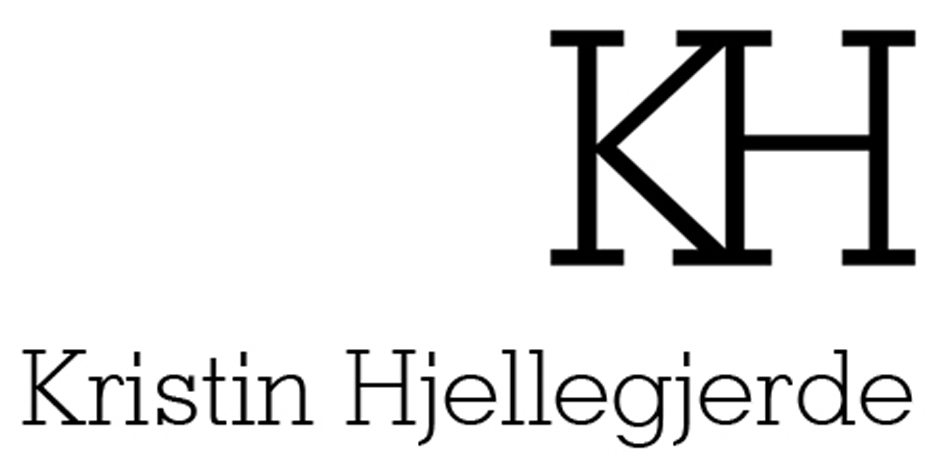Private View: Thursday, 11th of September 2025, 6 - 10pm
Berlin
Berlin
Bar stools, an Eames chair, a plane seat, a toilet, a potty. Lotte Keijzer’s first solo exhibition, Position of Being, at Kristin Hjellegjerde, Berlin, explores what it means to take up space and how the positions that we hold, both literal and metaphorical, shape our sense of self.
Each painting depicts a chair not just as a representation of a specific object or location, but as an emotional memory. These moments unfold in a vivid colour palette which feels both retro and futuristic, casting us into a space in which time collapses in on itself. In Boundless Behaviour, we stare down at the cracked, worn bar stool on which Keijzer spent much of her youth. Bluish, purple neon hues conjure a club-like atmosphere and a nineties aesthetic while the fish-eyed perspective has an uneasy, almost dizzying effect, mimicking a drunken state but also warping our understanding of space. Here, as in other paintings across the exhibition, Keijzer is looking back as an adult at a time in her life which felt like a ‘bubble of a moment’ but which continues to reverberate in the present. This bar is where she felt as if anything could happen – and it did. It’s where she drank too much, made bad decisions and some very good ones. It’s where she met her husband and the father of her child.
There is an ache of longing in that lingering blue light, perhaps even a hint of regret, but the act of painting a bar stool as if it is a person – a stand-in for the artist herself – is also defiant. She’s sticking up two fingers at anyone who might suggest that sitting in a bar is a ‘waste of time’ (parents, perhaps) or that time spent there was insignificant. We see the same defiance in her depictions of a toilet and a potty, objects which have historically been excluded from paintings despite their ubiquitous presence in our lives. There is a knowing humour in these works, in the way in which they play on notions of power but they are also political. Keijzer is exposing the messy realities of life, of inhabiting a human body, and the undervalued labour of raising children.
The textured surfaces of Keijzer’s paintings also speak to the embodiment of memories, how they live beneath our skin. I was here before you presents us with a childlike perspective of a purple armchair and the stretched legs of a ginger cat. This scene is based on Keijzer’s grandmother’s home, which was filled with designer furnishings and occupied by two bossy cats who she wasn’t allowed to touch in case they scratched her. This feeling of tension – between love for her grandmother and fear of the cats – is captured in the contrast between the plush surface of the chair, in the way it glints in the light – a prized object – and the claws of the cat, retracted but still present. Again, it’s a painting that uses surreal detail to humorous effect, but in the context of the show, it also speaks to a wider human struggle to find or hold onto a place; it questions how we understand positions of power but also how we ascribe significance. If we understand the chair as a surrogate for the artist, the cat here is literally usurping her position, but who dictates the hierarchy? Who is the ‘I’ of the title? As throughout Keijzer’s practice, there is always an acute awareness of the skewed relationship between the man-made and the natural world.
It’s easy to get lost in the heady, disco hues and dreamlike mood of these paintings, but they reward deeper attention. Like the words of a good short story, each brushmark serves a purpose just as every chair we sit on and each moment we pass through contributes to our unique and evolving understanding of the world.


